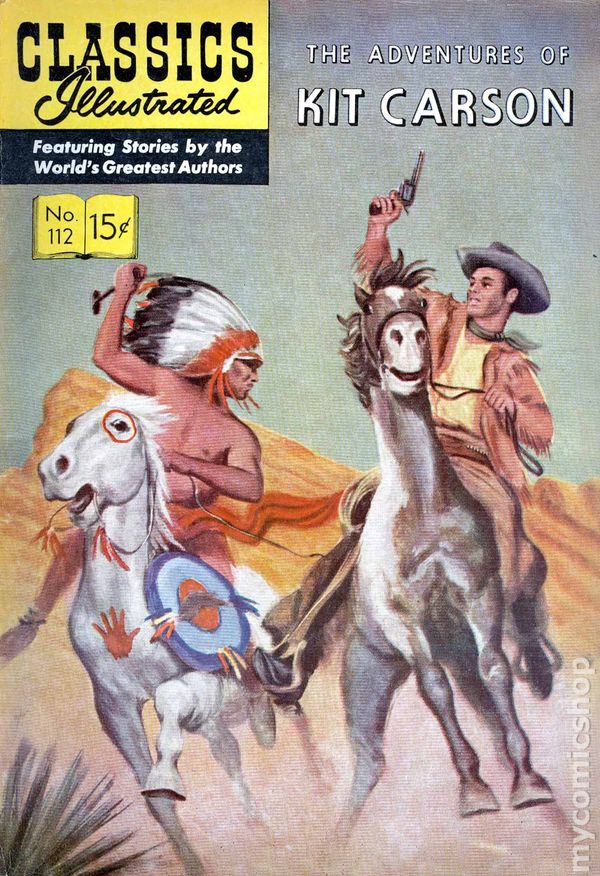AUGUST 2, 2019 – It was in early August before fifth grade. I’d been down at the beach most of the day. For a change of pace, I went home, hopped on my bike and rode figure eights in the street in front of our house. Something—boredom?—triggered a thought. I pulled out of a figure eight and rode up the block to the house of my local buddy, Bobby Snyder.
“Wanna come down to my house?” I said when he came to the door. “I have an idea.”
“Sure. What is it?” said Bobby.
“It’s about modeling clay,” I said.
Soon we were seated in the “art corner” of my house, dumping clay out of air-tight containers.
“Okay, here’s my idea,” I said, as I formed two soft-ball size clumps of clay.
“We’re going to write something on the clay and let it get really hard. Then we’ll bury the clay down at the beach. When a bunch of people are around, we’ll discover the historic clay rocks. We’ll be famous!”
Bobby was going into third grade and usually went along with my ideas. He went along with this one.
With relatively little effort, I made a couple of clay “rocks,” then pressed one side of each against the formica counter that served as our work surface. Out of our art supply drawer, I pulled a couple of paint brushes, one for each of us. Using the end of the handle, I used my brush to inscribe some experimental letters on my clump of clay. It all worked rather nicely.
“Okay,” I said confidently to Bobby, who to this point had been watching with some bewilderment. “Now we have to come up with something to write on our rocks.” I fingered my clay to rub out the experimental letters.
“Like what?” Bobby asked.
“How about . . . um . . .” I’d been thinking all along of the A. W. Giddings stone by the sidewalk along Ferry Street on the way downtown. Since “Giddings” was already taken, I tried to come up with some other old sounding name.
For a first name, I decided on “Jedediah,” as in “Jedediah Smith” (1799 – 1831), my dad’s favorite frontiersman, about whom a recent issue of American Heritage had devoted an entire article. For a last name, I picked “Carson,” as in “Kit Carson” (1809 – 1868), hero of one of my historical, Classics Illustrated comic books, which, during that “American frontier” phase of my history “studies,” I re-read every couple of days.
For a date, I chose 1845, which was not altogether arbitrary. By 1854 A. W. Giddings had already “settled” in Anoka. “Settled” gave the impression that the years of exploration were over. By the time someone “settled” in a place, it seemed the place was “post-history.” I wanted to be discovered “discovering” something that was “history.” If I went too far back, though, I figured the “find” would be a little suspect. Hence, 1845.
© 2019 Eric Nilsson
